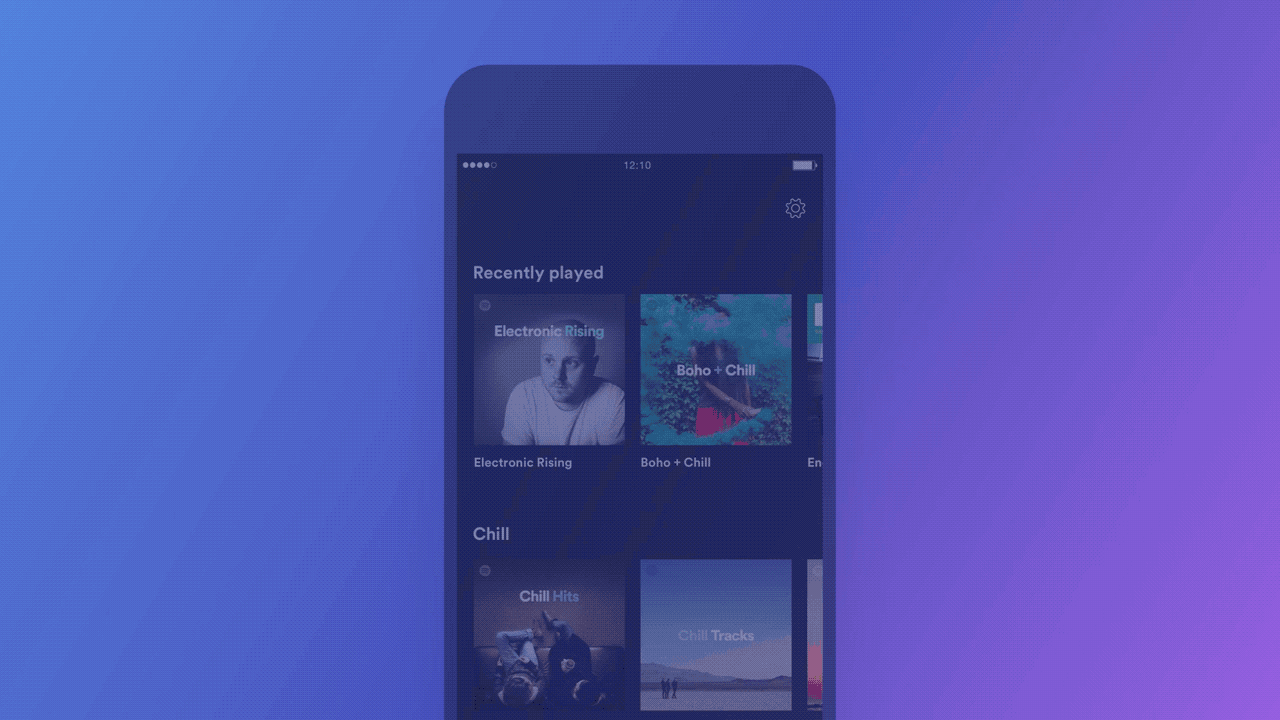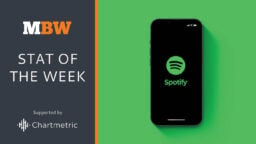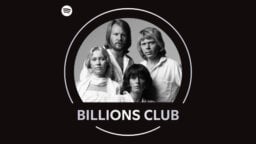“We believe that we can do something that’s net positive from a user-experience point of view, while at the same time also helping labels and artists with the real pressure point for them, which is that they today have to participate in the marketplace by spending a lot of money, going onto other digital platforms, marketing that content in a non-native environment, where you then have to click a couple of links and then end up a minute or two later listening to that content.”
The clues were there, we just didn’t look hard enough.
We now know that, in less muddied terms, what Daniel Ek was really hinting at with the above quote during Spotify‘s Q2 earnings call in July was this: “We believe we can find a way to charge record companies to pay to promote their artists direct to their fans on our platform without p**sing off our users too much. If we succeed, labels might then switch some of their digital ad spend away from Google, Facebook and Instagram, and over to us.”
Today (October 24), Spotify has announced that, for the first time, record companies (and other industry players) will soon be able to pay to have their artists promoted to targeted fans within the Spotify ecosystem via a ‘Brand New Music For You’ pop-up visual ad.
If that sounds a lot like the way labels and artists currently shell out to get in front of fans in sponsored posts on Facebook and Instagram, that’s because… it is.
In Spotify’s case, the paid-for ‘Music For You’ pop-ups will land within both free and premium accounts. These cards already exist, organically alerting fans of artists on Spotify when a major new release has arrived – but soon labels will be able to manipulate which fans see what by digging into their wallets.
Another important aspect to all of this: Premium Spotify users will be able to turn off sponsored ‘Music For You’ alerts, but free users will be stuck with them.
“We [currently] personalize these new album recommendations based on your listening taste, combined with human curation,” explains Spotify in a new user-facing blog post announcing the change. “With an upcoming test we’re running in the US, we’re giving artists and their teams the ability to directly tap into this process and connect with the fans that care most about their music.”
“In this test, we will let artist teams pay to sponsor these recommendations, giving them the power to tell their listeners on Spotify – across both our Free and Premium tiers – about their latest release.”
Spotify
The firm continues: “In this test, we will let artist teams pay to sponsor these recommendations, giving them the power to tell their listeners on Spotify – across both our Free and Premium tiers – about their latest release. You’ll now hear from a wider range of artists, which means you’re less likely to miss out on new releases from your favorites.”
To reiterate: Spotify views this paid-for promotion as a ‘test’ and is, for now, exclusively restricting it to its platform in the US.
It is also being very careful about not irritating its users: Spotify says that labels will only be able to target “frequent listeners” of an act with ‘Music For You’, or users who have actively followed said artist.
There are two big takeaways here for the music industry and for Spotify’s watchers on Wall Street: (i) The dam has now burst on Spotify as a targeted ad network for those looking to promote artists to fans by giving SPOT marketing money – although first-party playlist listings still remain off-limits; and (ii) Spotify’s long-teased ‘two-sided marketplace’ – in which it could potentially charge labels and/or artists for tools that benefit their ability to create and/or market their music – is now officially open for business.

It’s not difficult to understand the economic reasons why Spotify is keen to increase its income from advertising, even if that income is accrued from its biggest suppliers of music. In Q2 2019, Spotify’s quarterly ad revenues weighed in at €165m ($186m); this equated to just 9.9% of its overall revenues in the period (€1.67bn), of which the vast majority came from premium subscriptions.
Moreover, charging record companies to promote their artists on Spotify further assists the digital service with another economic issue: the amount of profit margin it ultimately ends up with at the end of the year. (i.e. When all the dollars taken in by Spotify annually are counted up, how many end up with labels, artists, publishers and songwriters – and how many end up with Spotify.)
A further point to make: Spotify, MBW is told, is still in negotiations with Universal Music Group and Warner Music Group to renew global catalog licensing deals that have now expired (and are therefore continuing on a rolling basis). Could a certain amount of ‘Music For You’ ad credits be built in to these deals to make sure these labels can continually target fans?
“We view this as the next iteration of the popular recommendation and discovery features listeners already love on Spotify.”
Beck Kloss, Spotify
Beck Kloss, Vice President, Creator, Spotify, said: “Part of our marketplace mission is to create tools that bring artists and fans closer together. With our unique understanding of listener preferences and ability to deliver personalized recommendations, we can help artists reach the fans that care most about their music, driving value for both artists and fans.
“We view this as the next iteration of the popular recommendation and discovery features listeners already love on Spotify.”
Jordyn Reese, Product Manager, US Latin & Urban, ONErpm, said: “As an independent distributor, it’s essential for us to spend our marketing budgets wisely and find creative strategies to develop our artists’ audiences. It’s really exciting to see Spotify is creating tools that are designed from the ground up with music marketing in mind, and giving indies more power to reach their fans with new music.
“This will absolutely be one of the top tools in our growth arsenal.”
Music Business Worldwide







